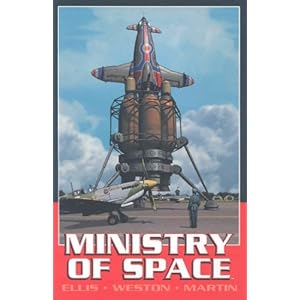X
XR226
Guest
Hello,
This is my first post and i'm not too sure where to put it. Apologies in advance.
I'm planning in the near future to write a book about an armed conflict between the USSR and NATO. The majority of the action centers on the RAF and the Fleet Air Arm.
It will be set in the early nineties and feature some RAF aircraft that never made it into production.
Notably:
BAC TSR-2
HS.681
Hawker P.1216
Hawker P.1154 (RN and RAF variants)
Westland Rotodyne Type Z
Would these aircraft still be in service (with the exception of the P.1216 as that would just have entered service) by that time, or would the RAF replaced them?
Thanks
This is my first post and i'm not too sure where to put it. Apologies in advance.
I'm planning in the near future to write a book about an armed conflict between the USSR and NATO. The majority of the action centers on the RAF and the Fleet Air Arm.
It will be set in the early nineties and feature some RAF aircraft that never made it into production.
Notably:
BAC TSR-2
HS.681
Hawker P.1216
Hawker P.1154 (RN and RAF variants)
Westland Rotodyne Type Z
Would these aircraft still be in service (with the exception of the P.1216 as that would just have entered service) by that time, or would the RAF replaced them?
Thanks

